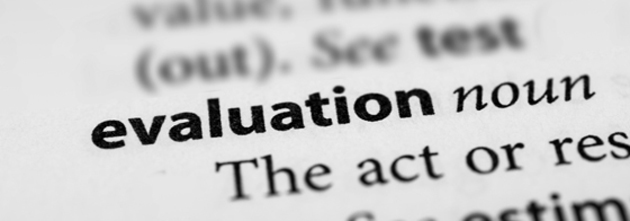Glossary

T
Theory of change
A theory of change is a reconstruction of the way in which a public policy (see intra) should function, as intended by those deciding on it, and the results it is designed to achieve. By defining the theory of change on which a policy is based its underlying philosophy is expressed through a precise description of how and why it aims to produce the desired change. In particular, the theory of change should clearly set out the chain of events and their causes (causal linkages) that can transform a given reality in the way desired. This is particularly important for policies that are intended to affect people's behaviour. By expressing the underlying theory of change we can distinguish more clearly between the resources (financial, human and other) earmarked for the policy, the assets allocated and the services provided to its beneficiaries, and the immediate or long-term results produced by the expected behavioural changes in beneficiaries. In this light, defining a policy's theory of change is a decisive step in designing its evaluation process since it can help specify the evaluation questions.
The most commonly used way to represent a theory of change is to draw up a logic model that, through summary graphics (usually a flow diagram), describes the main components of a public intervention, from the implementation to the results stage. It highlights the logical linkages between resources, activities, services and results and points out for each logical step the assumptions ("if this happens… then this other thing will happen) and the related risks (i.e., all those circumstances that can divert the causal chain towards different effects than those desired.





